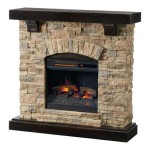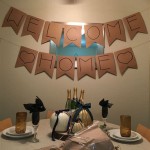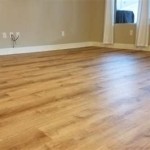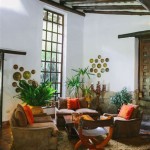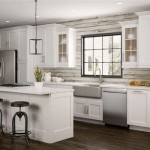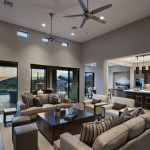Essential Aspects of Interior Decorator Lighting Design
Lighting design is a crucial aspect of interior decoration, as it can dramatically impact the ambiance, mood, and functionality of a space. Several essential aspects contribute to effective lighting design, and understanding these elements is key for interior decorators and design enthusiasts alike.
In this article, we will delve into the core components of lighting design, exploring their importance and how they interplay to create cohesive and functional lighting schemes.
1. Natural Lighting
Natural lighting, harnessed from the sun, is a vital consideration in lighting design. Maximizing natural light can reduce energy consumption and create a sense of spaciousness and well-being. Interior decorators use window treatments, skylights, and reflective surfaces to optimize natural lighting, creating bright and airy environments.
2. Task Lighting
Task lighting provides focused illumination for specific activities, such as reading, cooking, or working. It is essential in areas where precision and visibility are crucial. Interior decorators employ desk lamps, under-cabinet lighting, and recessed fixtures to provide adequate task lighting while minimizing glare and eye strain.
3. Ambient Lighting
Ambient lighting creates a general level of illumination throughout a space. It sets the overall ambiance and provides a backdrop for other lighting elements. Interior decorators use chandeliers, recessed downlights, and wall sconces to achieve ambient lighting, balancing brightness with shadows to create a warm and inviting atmosphere.
4. Accent Lighting
Accent lighting highlights specific features, artwork, or architectural details. It adds depth and visual interest to a space, drawing attention to focal points. Interior decorators use track lighting, picture lights, and spotlights to create accent lighting, enhancing the overall aesthetic appeal.
5. Color Temperature
Color temperature refers to the warmth or coolness of light emitted from a source. Interior decorators consider the color temperature of a space to create specific moods and effects. Warm light, such as that from incandescent bulbs, creates a cozy and inviting ambiance. Cool light, such as that from fluorescent bulbs, is more energizing and appropriate for areas like kitchens and workspaces.
6. Control and Automation
Modern lighting design incorporates control and automation features to enhance convenience and energy efficiency. Dimmers allow for adjusting light levels to suit different occasions and moods. Motion sensors turn lights on and off automatically, saving energy. Smart lighting systems enable remote control and scheduling, providing flexibility and convenience.
By considering these essential aspects of lighting design, interior decorators can create spaces that are both aesthetically pleasing and functionally illuminated, enhancing the overall experience and well-being of occupants.
:strip_icc()/cdn.cliqueinc.com__cache__posts__262956__interior-designer-lighting-tips-262956-1531496090454-image.700x0c-2a19ebe88b4f428788f2411bba1145df.jpg?strip=all)
Interior Designers Share Their Lighting Ideas And Tips

Modern Lighting Design Trends Revolutionize Interior Decorating Ceiling Light

Mastering Light Architectural Design Interior Decoration Udemy

The Importance Of Lighting In Interior Design Create Beautiful 3d Designs

Types Of Lighting In Modern Interior Design Residential From Dkor Interiors

Importance Of Lighting In Interior Designing
.jpg?strip=all)
6 Smart Living Room Lighting Design Ideas

Lighting Interior Design How To Illuminate Your Home Decorilla

Importance Of Ambient Lighting In Interior Designs

Modern Lighting Design Trends Revolutionize Interior Decorating Living Room
